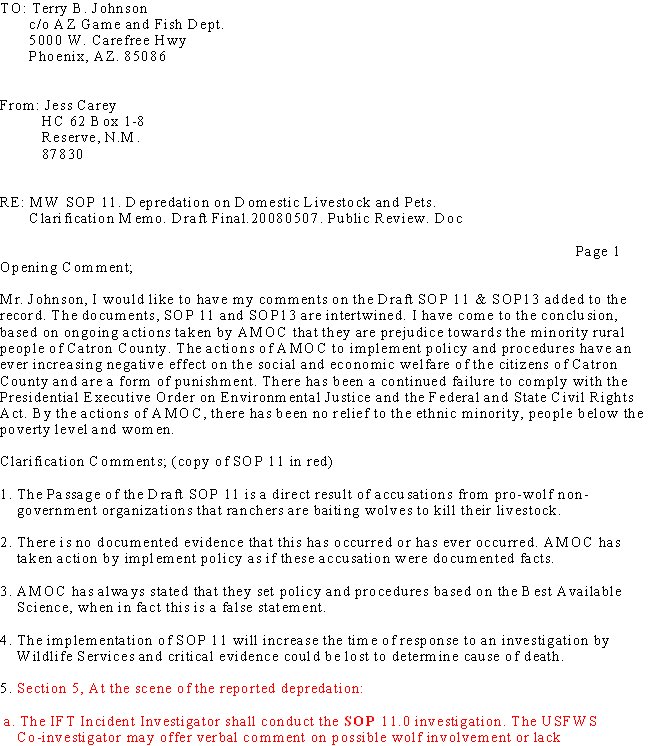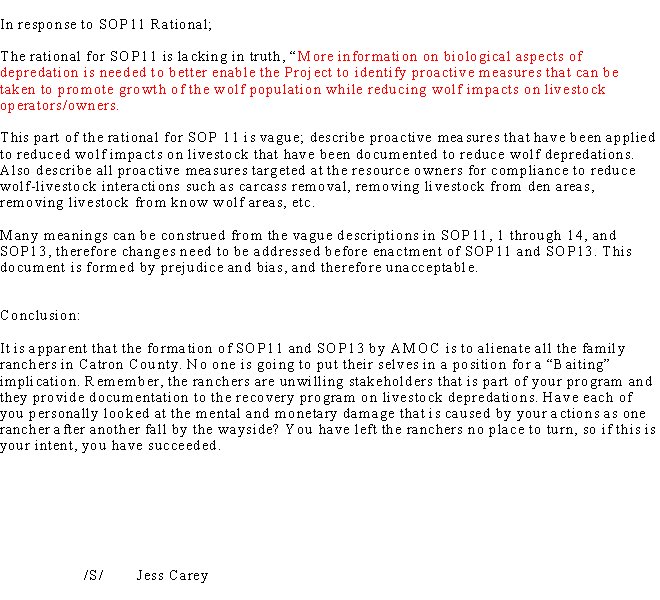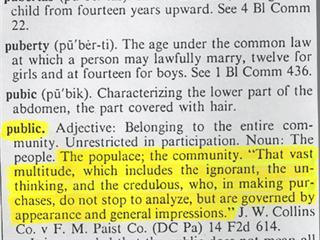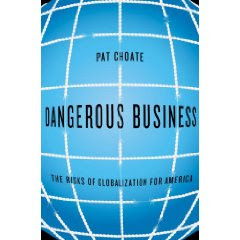Click on the Title to read cut and paste article from:
http://www.epa.gov/ocempage/gneb/minutes/may_05_washington_mtg_6.htm
Due to length of article on Mr. Putnam, the text is posted in the comment section of this post. The text is from:
U. S. Environmental Protection Agency
Cooperative Environmental Managemen
The Good Neighbor Environmental Board Meeting
Radisson Hotel, Phillips Conference Room
Washington, DC 20037
May 10, 2005
Posts and Comments from Readers
Please include yourself in the discussion. Post a comment.
Sunday, November 11, 2007
Jonathan Putnam: National Park Service, Dept. of Interior
Subscribe to:
Post Comments (Atom)



















.jpg)


















1 comment:
Jonathan Putnam, National Park Service (NPS), Department of Interior (DOI), used a series of slides to describe the NPS cooperation with Mexico in the Partners in Protection program. In the mid 1990's, DOI signed a letter of intent with SEMARNAT. The goal was to improve stewardship of natural and cultural resources along the U.S.-Mexico border. Several cooperative natural resource projects include:
Restoration of the population of sea turtles on Padre Island National Seashore in Texas using turtle eggs from Mexico
A bi-national agreement on fishery management in Amistad National Recreation Area with Texas Parks and Wildlife and the Mexican Fishery Management
Fire management by Mexican teams in Big Ben National Park
Destruction of the non-native tamarisk, and replacement with native cotton plants
Surveys of fish and amphibian species on the Rio Grande
Monitoring and aerial surveys of climate, small mammals, endangered Sonoran pronghorn cattle, Oregon Pipe Cactus, fencing, and illegal road-building.
Border closures in Big Ben Park since 9-11 have impacted communities and communication between the U. S. National Park Service and the Mexican park personnel. Due to the Border Patrol clampdown visitors cannot cross the borders inside the park. A1998 bi-national agreement between NPS and the Mexican National Institute of Anthropology and Health (INAH) has resulted in transboundary cooperation in the management of historic and cultural sites and promotion of tourism. In the future, the cultural aspects of the Sister Parks program and cooperation with other federal agencies, such as NOAA and the U.S. Fish and Wildlife Service, need to be increased. Better mechanisms are needed for cross-border cooperation.
Herb Raffaele. Chief, Division of International Conservation, U.S. Fish and Wildlife Service (FWS), discussed the interplay between cultural and natural resources. An example was the whippoorwill in Puerto Rico, which thought to be extinct because the local people considered it a pest and wanted it eliminated, but was recently found in the forest. In Mexico, the monarch butterfly’s winter habitat was being destroyed by local people after the government declared the area a monarch sanctuary. Wildlife conservation projects that originate in the U.S. are not the best approach in Mexico, because they are not sensitive to Mexican culture.
Mexico has learned to incorporate cultural values and local people into conservation efforts. In one project, the Biosphere Reserve Concept and the National Council of Protected Areas have increased a protected area by surrounding it with a buffer zone and involving people in the decision-making. The law enforcement agency (PROFEPA), similar to the U. S. Fish and Wildlife Service, used to fine everyone, but has since been modified to include cultural values in decision-making, and has become an education arm of SEMARNAT. One major innovation is the Pride Campaign, which educates citizens to take pride and want to conserve the unique natural resources in their communities. For example, in Rio Lagartos, the flamingo was saved by educating school children and their parents.
The U. S. has learned that sound science moves away from cultural values. However, the ecosystem approach has been abandoned, except in the Chesapeake Bay, which is an excellent model for incorporation of cultural values and involvement of the whole ecosystem. The Friends Groups for refuges utilizes local people to help with policy and management. A Trilateral Committee of Directors from U.S., Mexico, and Canada, that meets once a year to discuss wildlife conservation issues, has grown to 125 members.
A future program initiative is Wildlife Without Borders, that is not based on U.S. priorities, but on cooperation with Mexico. The Borderlands Act is being promoted by four Border States to get more resources for the Trilateral Committee. Mr. Raffaele felt that Mexico has advanced more than the U.S. because resources are limited. The U.S. could learn from Mexico how to communicate with their constituencies and how to use funds more efficiently.
Post a Comment